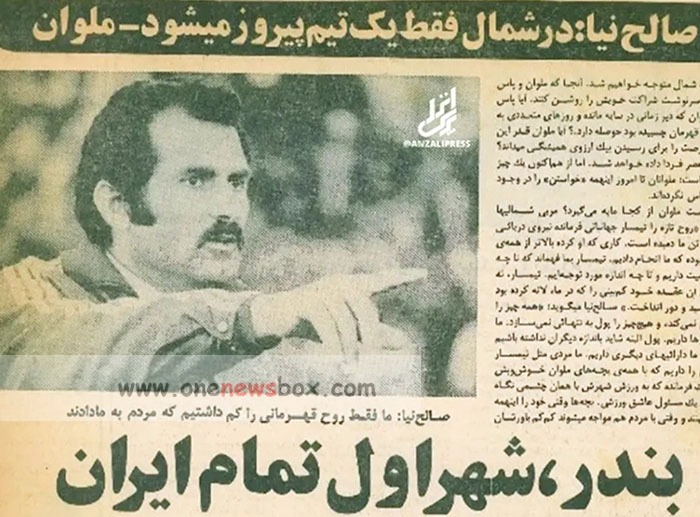The Ahvaz Tournament and the Naming of Malavan
A defining early moment came in the Ahvaz regional competition. Traveling across the country on a limited budget of 7,200 tomans, the team endured challenging conditions—sleeping under the stadium stands and preparing their own meals. Yet despite the hardships, they impressed spectators and coaches alike with a dynamic style of play reminiscent of Dynamo Moscow: tactically disciplined, physically resilient, and strategically spread across the pitch.
Though the team narrowly missed qualifying for the Persepolis Cup due to a single goal loss against Jam Abadan, their reputation had already been cemented. Upon returning home, they received unexpected but welcome news: they had been invited to participate in the inaugural Persepolis Cup.
With their entry into more prestigious competitions, the team needed a formal name. Among the proposed options—Artemis, Binder, and Malavan—the latter was chosen. Malavan (meaning “sailor”) was a name that symbolized both the city’s deep maritime heritage and the resilience of its team. It was the perfect identity for a squad born from the sea and molded by discipline.
Rise Through the Takht Jamshid Cup
Malavan’s entry into the national football scene during the Takht Jamshid Cup era marked its ascension. Under Salehnia’s leadership, Malavan became one of the most respected teams in Iranian football. Known for their gritty performances and technical discipline, they represented not only Bandar Anzali but the entire northern region.
The team was crowned the best provincial team three times during the Takht Jamshid Cup years and, most importantly, won the first Iranian FA Cup (Hazfi Cup) by defeating Tractor Sazi in a memorable final. This victory catapulted Malavan into the national spotlight and secured its place in Iranian football history.

